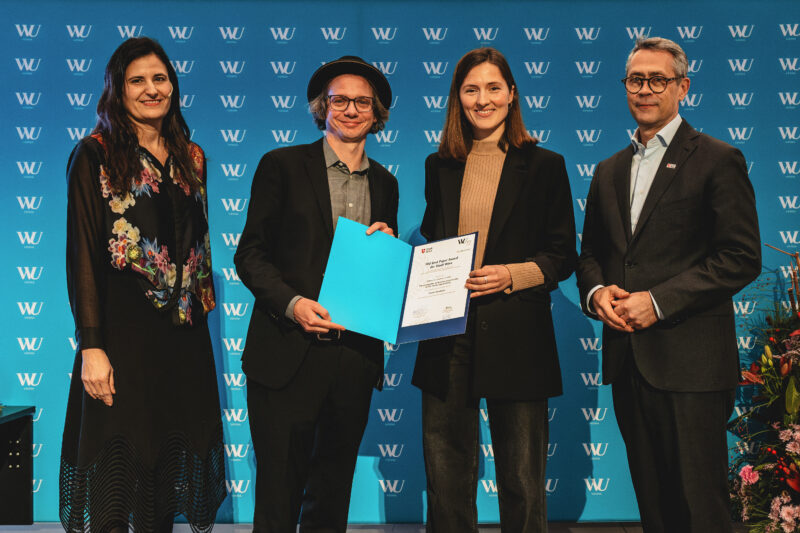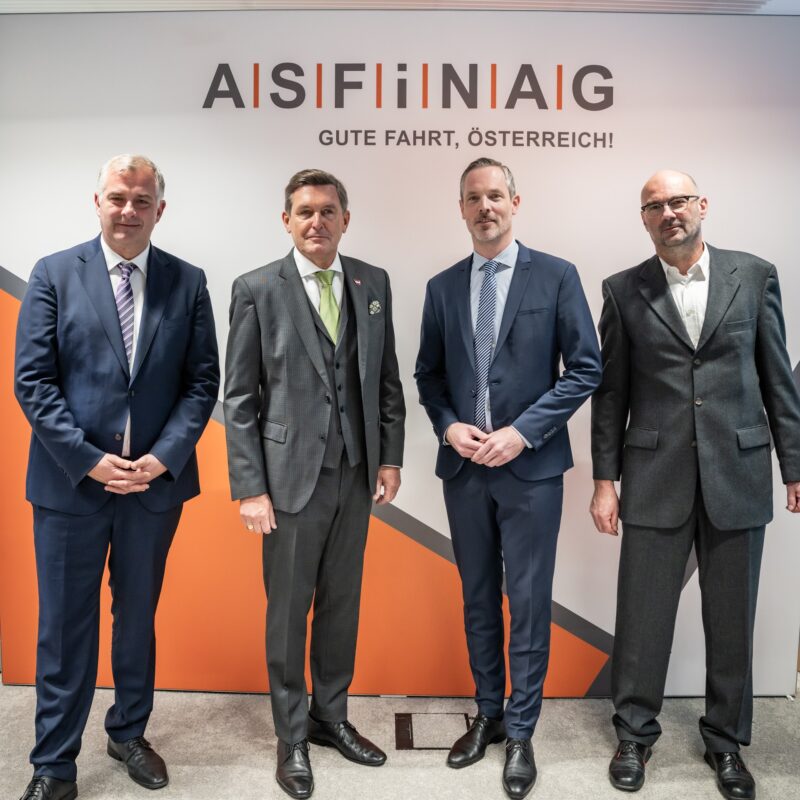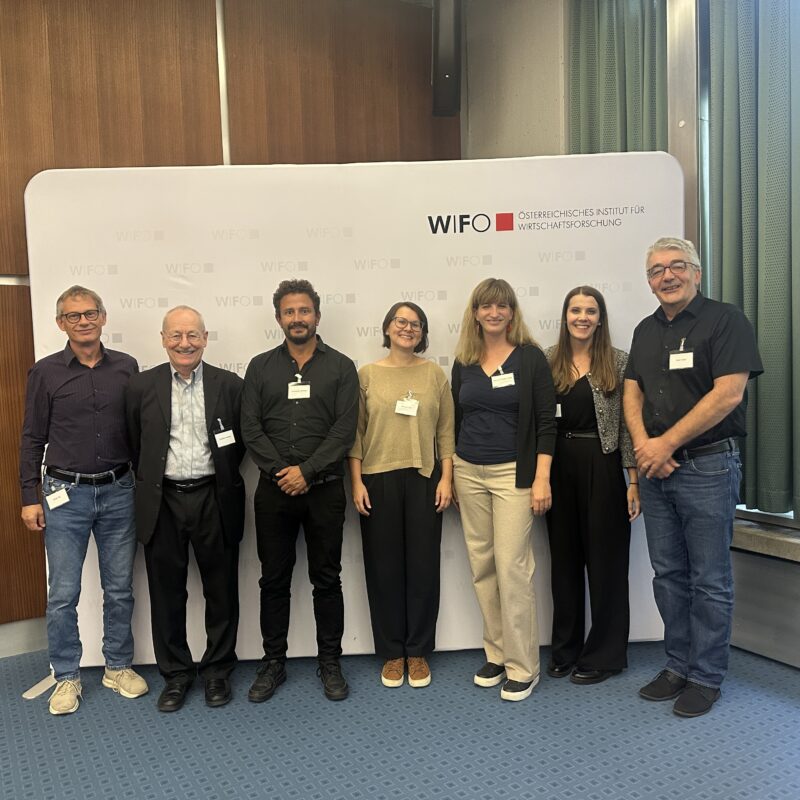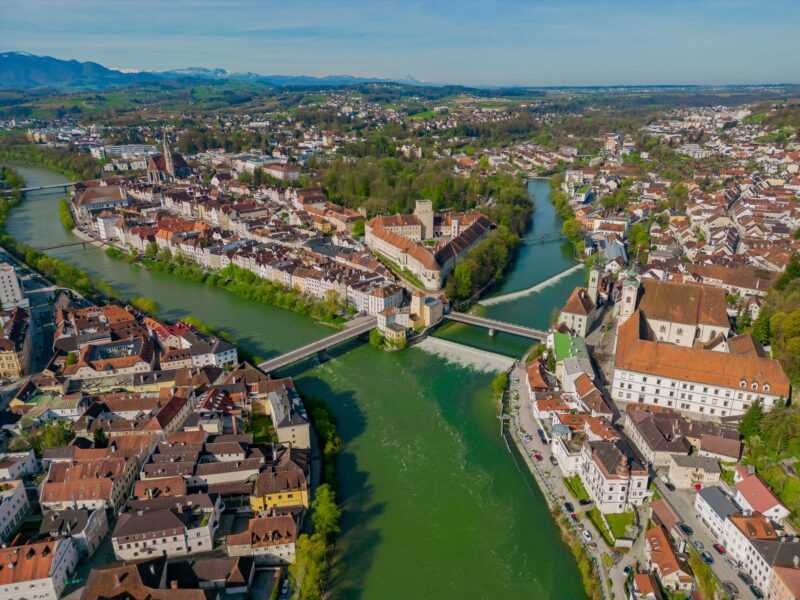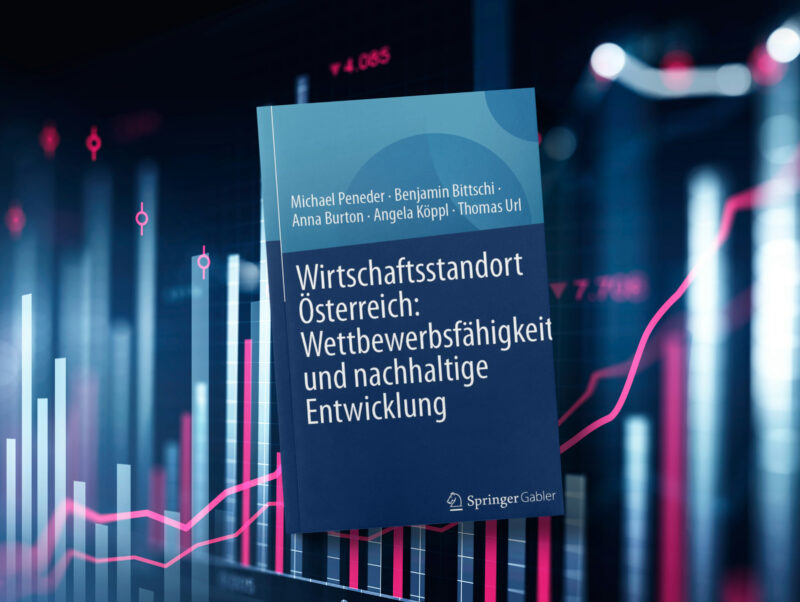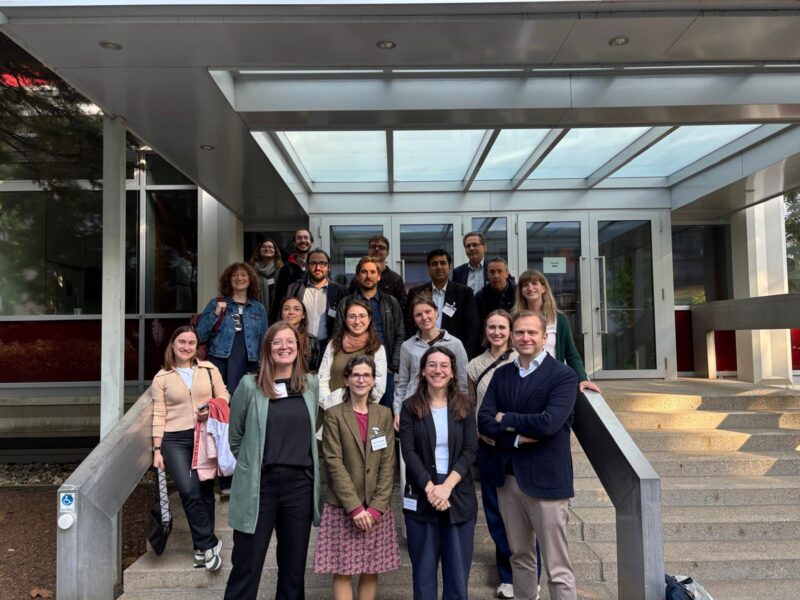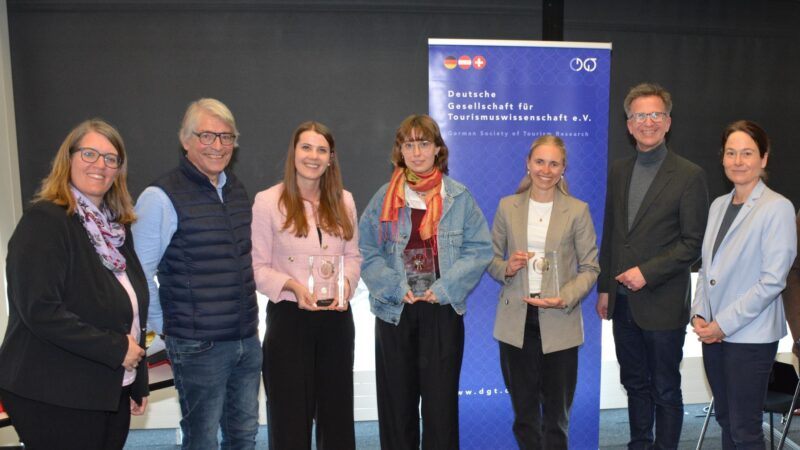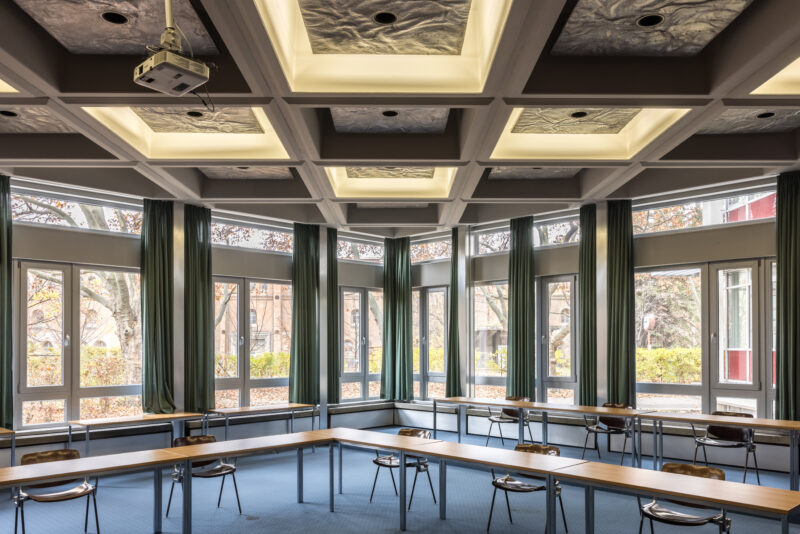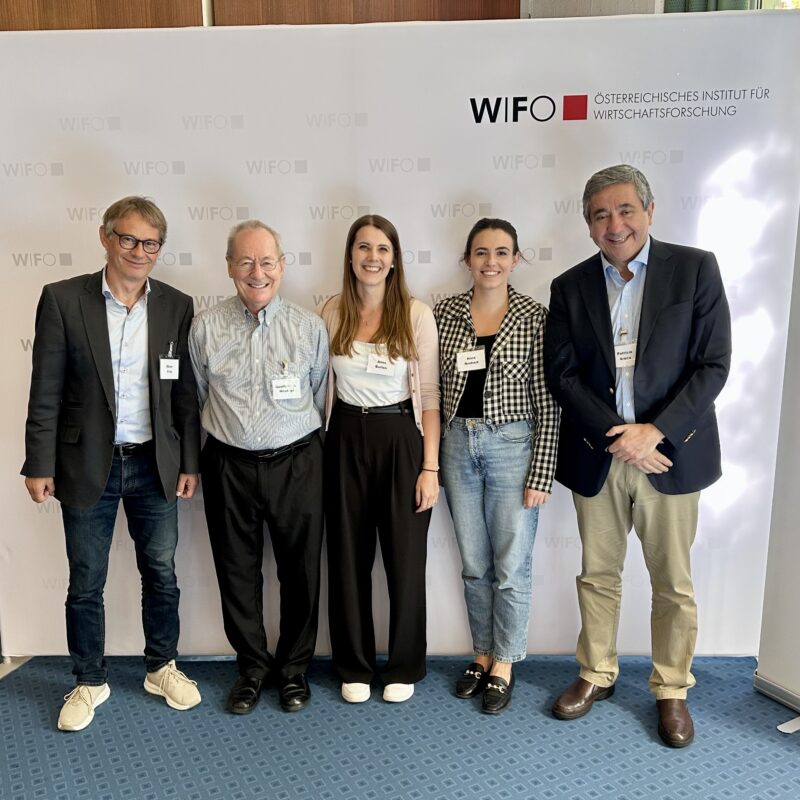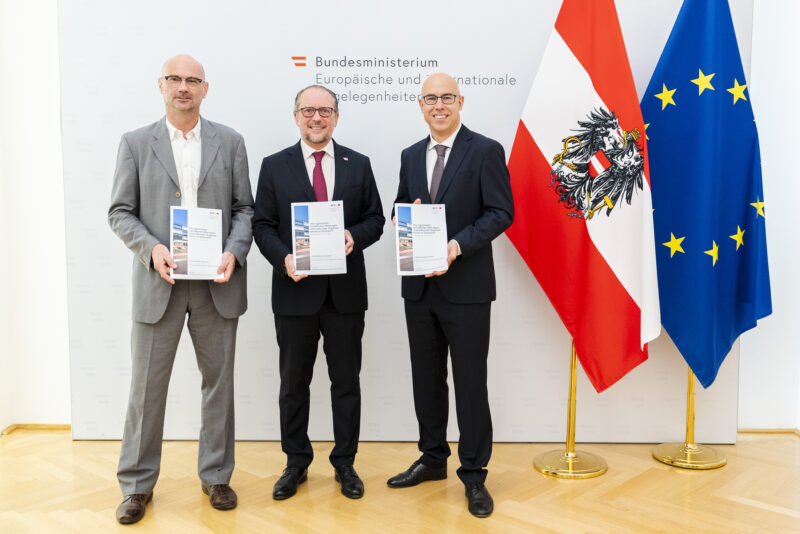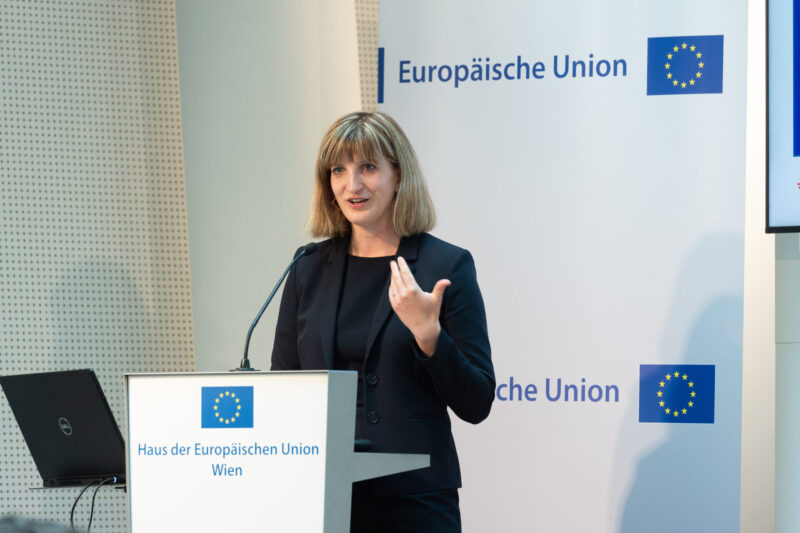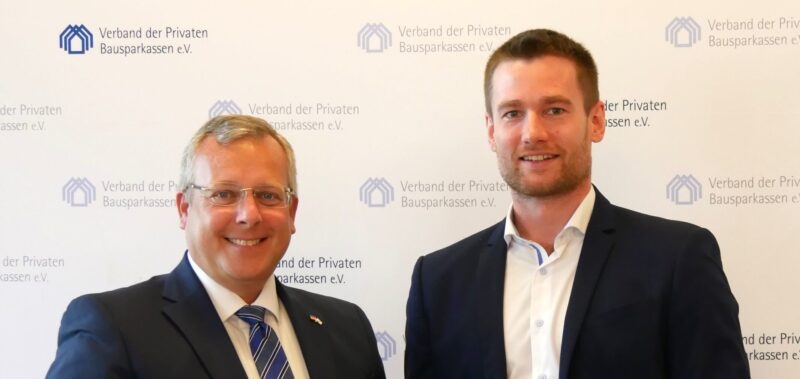
The Importance of Austrian Spa Tourism
According to a (conservative) estimate, thermal tourism in Austria will be responsible for direct, indirect, and induced value added of around 1.2 billion € and employment of around 17,700 employed persons (in full-time equivalents) in 2019. In addition, thermal tourism generates revenues for the public sector of about 455 million €.
The nominal revenues of the 39 spa businesses analysed amounted to around 432 million € across Austria in 2019. Regionally, just under one-third of revenues are attributable to the South region (Styria and Carinthia), 30 percent of 2019 revenues were generated in Vienna, Lower Austria and Burgenland, and almost two-fifths are attributable to the West region (Upper Austria, Salzburg, Tyrol and Vorarlberg).
In terms of expenses, the ratio between Austria's regions is generally similar to that for revenues. The ratio of non-personnel expenses to revenues is lower in the South region (27.4 to 32.3 percent) and somewhat higher in the Eastern region (34.1 to 29.4 percent). In terms of depreciation, but especially in terms of investments, the West region shows a relatively higher share of Austria values in 2019 compared to the relative revenue shares (43.8 and 53.2 percent to 38.3 percent, respectively). The analysed spas employed 5,416 people in 2019, and according to survey and projection data, corresponds to 4,631 full-time Austrian positions.
In addition to the direct, indirect, and induced effects, thermal tourism in Austria also results in fiscal effects. The direct and indirect tax effects for the federal government, provinces and municipalities amount to a total of 130 million € (including induced effects of 280 million €). According to the model estimate, the direct and indirect social insurance contributions amount to 100 million € – if the induced effects of spa tourism in Austria are also considered, the social insurance contributions amount to a total of 175 million €.
The presentation documents of the preliminary study presentation are available here (in German).
The Executive Summary can be found here (in German).
Please contact



